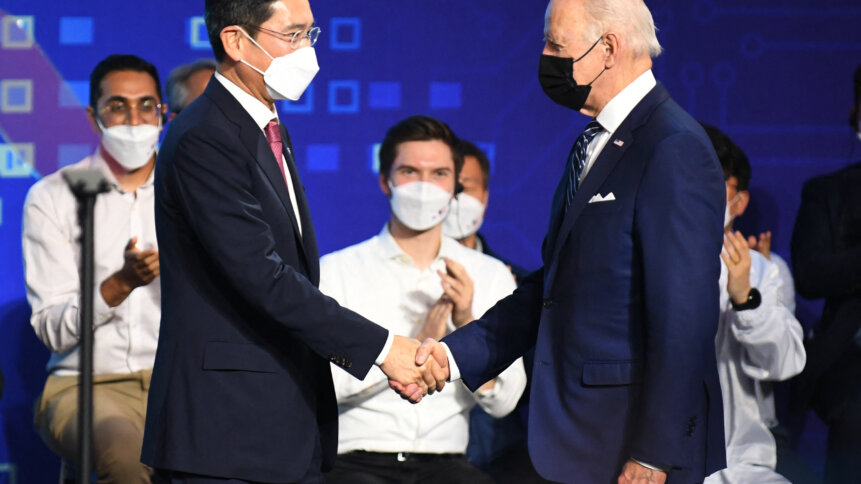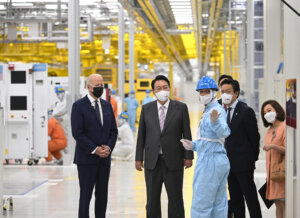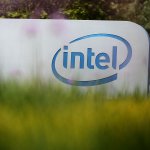Samsung’s five-year plan to lure US chip buyers

- In effort to lure US chip buyers, Samsung Foundry aims to produce transistors that are just 1.4 nanometers wide by 2027.
- The company’s contract chip-manufacturing unit is looking to triple its revenue by that year from the 2021 level.
- That will require several technological leaps and further inroads into the US market for outsourced chips.
- The South Korean chip giant is building a second plant in Texas as competition with TSMC and Intel heats up in the foundry business.
In the chip race, South Korea’s Samsung Electronics Co and US-based Intel Corp have been locked in a fierce rivalry for many years — but the former still ranks as the world’s largest chip maker by revenue. Being at the top isn’t stopping Samsung from further strengthening its position though, especially in the US market. This week, Samsung announced an aggressive five-year plan to further lure US chip buyers — this time with more advanced technology.
Samsung has recently been floating the idea of a broad expansion of semiconductor manufacturing facilities in the US, a possibly significant step in bolstering domestic capabilities. The leading maker of memory chips laid out potential plans to spend almost US$200 billion on 11 plants in a series of filings in Texas in July this year. Two of the units would be in Austin and nine would be in Taylor, where Samsung has already unveiled plans to spend US$17 billion on an advanced facility.

US President Joe Biden tours the Samsung Electronics factory alongside South Korean President Yoon Suk-yeol (C) and Samsung Electronics Vice Chairman Lee Jae-yong (2nd-R) in Pyeongtaek on May 20, 2022. (Photo by SAUL LOEB / AFP)
This time around, the company’s chip contract-manufacturing unit – known as a foundry – is aiming to take the lead in advanced chipmaking by starting mass production of second-generation 3nm chips in 2024 and then 2nm parts in 2025, eventually setting the stage for the 1.4nm products two years later, in 2027. When Samsung began mass producing chips with 3nm technology in June, the company said it was in talks with potential customers including Qualcomm, Tesla and Advanced Micro Devices (AMD).
But it is fair to note that Samsung has actually had difficulties in meeting clients’ expectations for foundry yields in recent years. Analysts believe the company had pushed advanced technology too quickly to compete with TSMC, but had suffered from having less experience with the long-term client cooperation needed in contract manufacturing.
Samsung even lost out to TSMC on an Nvidia Corp order to produce the RTX 40 series of graphics cards, which moved to a 4-nanometre process. But it came out strong, and now aims to triple its capacity of leading-edge manufacturing by 2027. Samsung Foundry is also looking to triple its revenue by that year from the 2021 level, senior vice-president Moonsoo Kang said at a briefing on Monday in San Jose, California.
In order to get there, the business will need to make several technological leaps and further inroads in the US market for outsourced chips. Its decision to manufacture in America is part of Samsung’s pitch to its US customers. But the competition is only expected to intensify further, with TSMC also beefing up its US presence, while Intel, which Samsung overtook to become the world’s biggest chip maker, is adding capacity in both the US and Europe – part of an effort to balance the industry’s heavy reliance on Asian manufacturing.
Overall, the mood of the chip industry is rather gloomy, with Samsung warning that the semiconductor sector could be in for a challenging rest of the year. The outlook for Samsung in the second half of the year is gloomy too, and the company has yet to see momentum on a possible recovery next year. Even rival chipmakers such as SK Hynix Inc. and Micron Technology Inc have cautioned about slowing demand in recent weeks.










